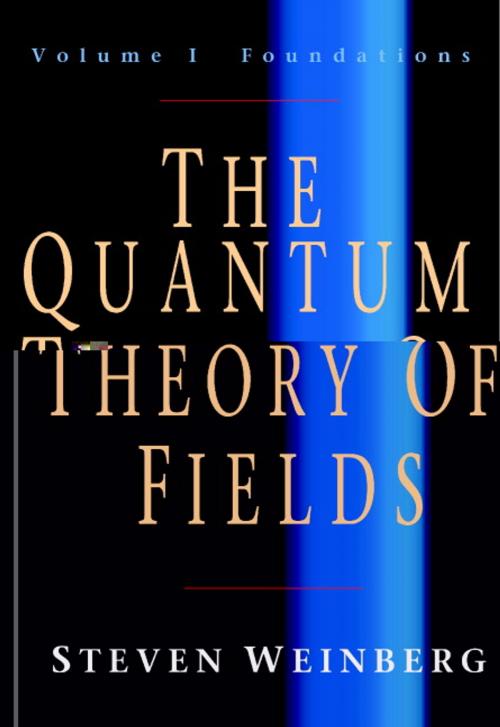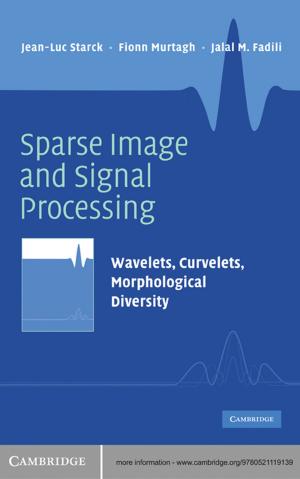The Quantum Theory of Fields: Volume 1, Foundations
Nonfiction, Science & Nature, Science, Physics, Mathematical Physics, Quantum Theory| Author: | Steven Weinberg | ISBN: | 9781139636148 |
| Publisher: | Cambridge University Press | Publication: | May 9, 2005 |
| Imprint: | Cambridge University Press | Language: | English |
| Author: | Steven Weinberg |
| ISBN: | 9781139636148 |
| Publisher: | Cambridge University Press |
| Publication: | May 9, 2005 |
| Imprint: | Cambridge University Press |
| Language: | English |
Available for the first time in paperback, The Quantum Theory of Fields is a self-contained, comprehensive, and up-to-date introduction to quantum field theory from Nobel Laureate Steven Weinberg. Volume I introduces the foundations of quantum field theory. The development is fresh and logical throughout, with each step carefully motivated by what has gone before. After a brief historical outline, the book begins with the principles of relativity and quantum mechanics, and the properties of particles that follow. Quantum field theory emerges from this as a natural consequence. The classic calculations of quantum electrodynamics are presented in a thoroughly modern way, showing the use of path integrals and dimensional regularization. It contains much original material, and is peppered with examples and insights drawn from the author's experience as a leader of elementary particle research. Exercises are included at the end of each chapter.
Available for the first time in paperback, The Quantum Theory of Fields is a self-contained, comprehensive, and up-to-date introduction to quantum field theory from Nobel Laureate Steven Weinberg. Volume I introduces the foundations of quantum field theory. The development is fresh and logical throughout, with each step carefully motivated by what has gone before. After a brief historical outline, the book begins with the principles of relativity and quantum mechanics, and the properties of particles that follow. Quantum field theory emerges from this as a natural consequence. The classic calculations of quantum electrodynamics are presented in a thoroughly modern way, showing the use of path integrals and dimensional regularization. It contains much original material, and is peppered with examples and insights drawn from the author's experience as a leader of elementary particle research. Exercises are included at the end of each chapter.















